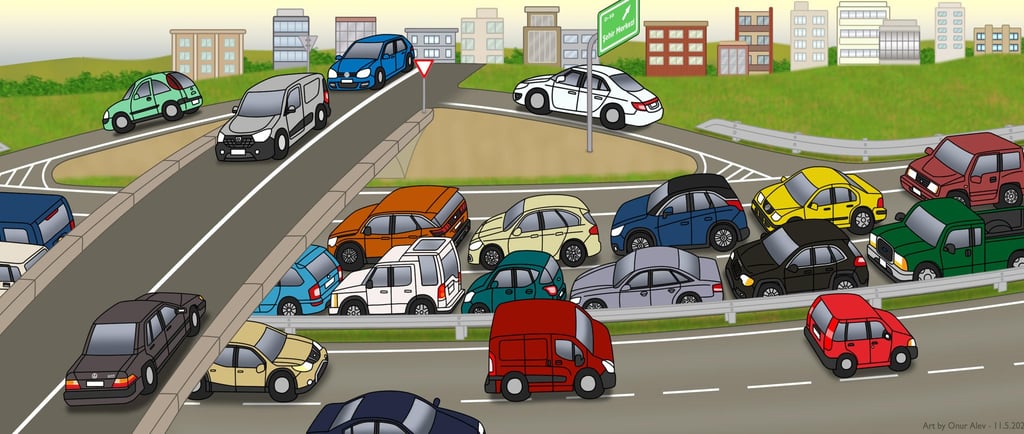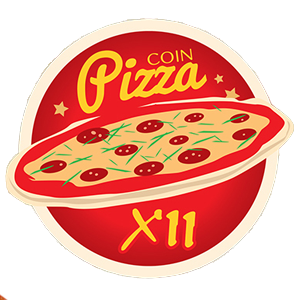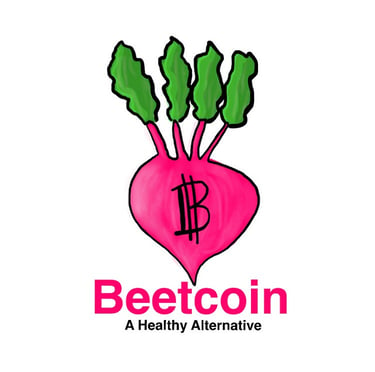Ethereum Scaling Solutions: Rollups Explained
Discover how Ethereum scaling solutions, like rollups (optimism and arbitrum), function like buses decongesting a freeway. This article explores off-chain transaction processing, benefits, limitati...
TECHNICAL
11/24/20243 min read


Even with layer one optimisations like Sharding and moving to proof of stake, blockchains can often still face congestion issues, increasing the finality time as well as transaction cost. We can see this happening to the Ethereum blockchain even after the added capacity from shifting to proof of stake. The transaction fees reduced for a short moment, but was quickly filled up with new demand as the chain could now accomodate much more capacity, which was rapidly filled, resulting in gas fees not dropping significantly post-merge
An analogy for this would be to think of the Katy Freeway in Texas as the Ethereum blockchain with the cars travelling on it the transactions occurring on it. When the freeway was built in the 1960s it was 6 lanes, more than enough to handle traffic from the relatively undeveloped western Houstonian suburbs. This can be thought of as Ethereum shortly after its launch, where the cars needing to use the freeway to go to work are few and far between as few people had lived there due to the lack of connection to the city. As on Ethereum, there was little to no demand for smart contracts as the technology was brand new and few people understood the potential of it. When the Katy freeway was completed and proven as an effective transportation method, more people began to move out to the west of Houston and use this freeway which lead to its congestion. Once the freeway became congested, some of the people who would have used the freeway if it was not congested stopped using it as it was taking too long to get to work, the same principle was seen on Ethereum, many people stopped using it as the fees went up pre-merge as demand started to grow. The freeway was expanded, you can think of this as the merge, which saw a short instantaneous reduction in traffic but this was soon filled up again as the people who stopped using it due to congestion began to use it again, so the freeway had more capacity, but it was still slow due to this brand new capacity being instantly filled. This was done again and again over the course of decades making the Katy freeway now the widest freeway in the world with 26 lanes. The new capacity for the freeway only further drove demand for the freeway, so widening it did not help the congestion issue at all despite the increased capacity, as it is the world's most congested freeway despite being the widest
How can the congestion be removed on the freeway or similarly, the Ethereum blockchain? Well instead of adding more lanes on the freeway, which will always be a linear process which constantly drives demand for the freeway, what if the demand for the freeway could be reduced? In Texas this could be done by providing an alternate way for people living out in the suburbs to get to work in the city without using the freeway, or somehow reducing the traffic on the freeway by carpooling or using Buses. If buses were used to transport the people to and from work, this would reduce the number of vehicles travelling on the freeway and thus reduce the traffic. The buses in this case can be thought up of rollups on the Ethereum chain, on this freeway there are two kinds of buses, I will get into how these buses are different in the next article but they ultimately serve the same purpose, to reduce traffic on the network or freeway by compacting the transactions to be sent at once more efficiently. These buses take around 40 cars off the road and replace it with a singular bus, so with enough buses on the freeway operating and enough incentive structure for people to use the bus over taking the car, or the train (different network like Solana) then any person which would like to use their car on the freeway can now do so without congestion. Similarly on the Ethereum chain, these “buses” rollups reduce the traffic on the network so that if users would like to use the chain directly, like using a car on the freeway, they can now do so efficiently even if they are not using the buses
Layer one solutions such as such as switching to POS, chain sharding and fee optimisations can be seen as modifications to the freeway, whether its adding more lanes in the case of sharding, adding lights on the freeway onramp or smoothing the roads (optimisations including POS and fee restructuring). Layer two solutions can be seen as modifications of the traffic itself such as replacing many cars with different types of buses. In addition the buses free up space on the road, allowing it to have a higher total passenger capacity, just as the Ethereum blockchain becomes more freed up by rollups allowing for more network capacity
Get in Touch
We'd love to hear from you! Reach out for questions, feedback or other enquiries
Reach
info@bitesizedblockchain.com
Bite Sized is not affiliated with these brands in any way





Grab your daily web 3 byte
